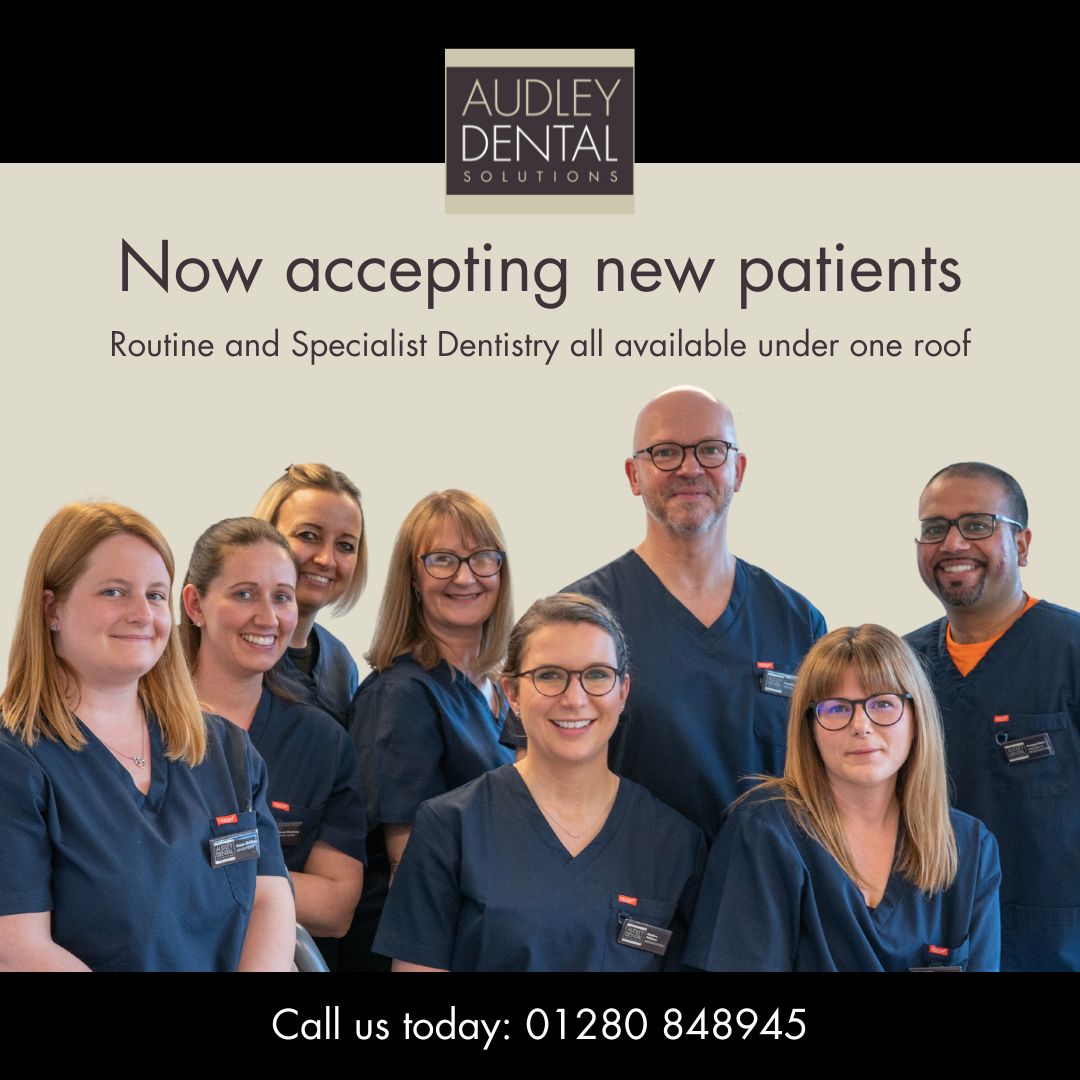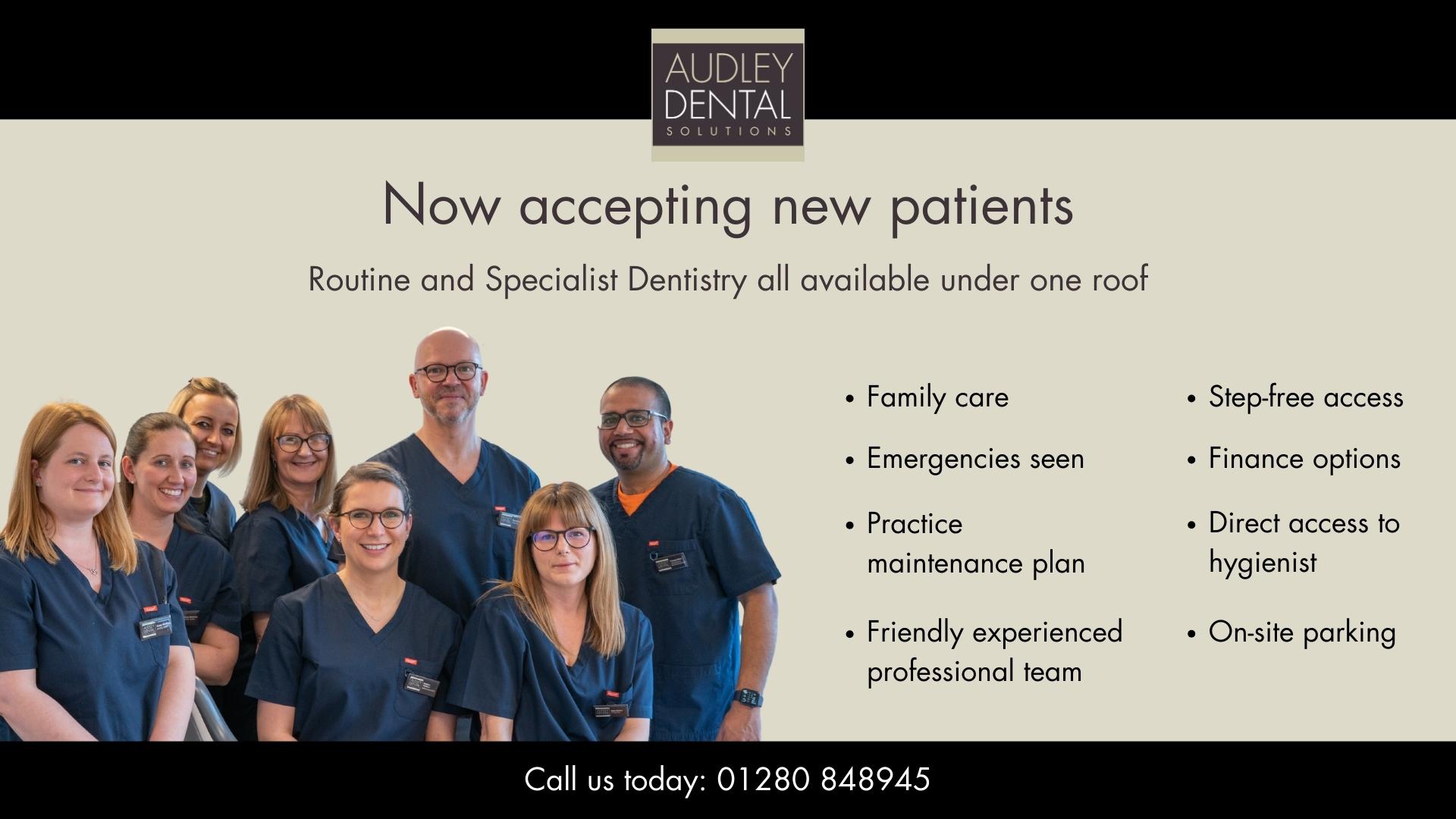Bone grafting offers a safe way to restore lost jaw bone to ensure long-term success with implants.
By Chris Wood, Dental Implant Surgeon
BDS MFGDP Dip Imp Dent (RCS Eng) FFGDP (UK) GDC No: 57428
The foundation of a dental implant is bone. For dental implants to be successful and long lasting there needs to be a sufficient bone mass in the jaw. There are different factors which contribute to the success of a dental implant, but one of the most important is a successful implant osseointegration. Osseointegration is the scientific term for bone ingrowth onto a titanium implant surface. A dental implant is surgically anchored into the bone, which then grows onto the implant. Without sufficient bone mass, this process cannot take place and the implant will fail.
For patients where there isn’t enough bone for us to be confident the implant will enjoy a long life, we can perform a process called bone grafting (or augmentation) to re-build the missing bone.
Why does loss of bone mass occur?
The main reason for bone loss is having a missing tooth or teeth. Once a tooth is lost or extracted, the bone that once surrounded the tooth begins to recess as it is no longer needed to support the tooth.
Tooth loss is not the only reason for a loss of bone mass. Gum disease (Periodontitis), tooth infections and injury can also lead to bone loss making dental implants less likely to be successful.
How do bone grafts work?
When you come to us for a dental implant consultation, we will very carefully assess the future implant site using the latest diagnostic technology to create a treatment plan. Around half of those who receive a dental implant require some level of bone grafting to ensure that the implant will be biologically stable.
We use a 3D CT scanner and sophisticated computer software to allow accurate measurement of the area under consideration. We ‘virtually’ position the implant to see whether the ideal amount of bone and shape is present.
There are two types of bone grafting that we can consider:
The first is ‘Guided Bone Regeneration’ where animal, plant or synthetic material in the form of granules are moulded and adapted to the bone defect, covered with a collagen membrane and allowed to heal under the gum. This procedure can often be provided at the same time as the implant is positioned and required a healing period of 8-12 weeks.

The second option is ‘Block Bone Grafting’, where a block of human bone is positioned in the defect and allowed to heal before the implant is put in.
A small incision is made to lift the gum tissue away from the area, place the graft and secure it. Your gum will then be stitched back over the graft. This procedure usually takes an hour to an hour and a half. Although it doesn’t sound particularly pleasant, the procedure is fairly common and we will talk you through the entire procedure making sure you are comfortable at each stage.
After about a week, we will see you again for a review and then it takes between four to six months for the graft to knit into your own bone, depending on the type of graft procedure performed. After this, your jaw will be ready for your implant to be placed.
Both of these techniques come with good success rates. We are one of the few practices in the UK to pioneer the Botiss bone ring ® and Botiss Bone Builder ® techniques developed by Professor Giesenhagen in Stuttgart. Our team have made several trips to Germany and also to Vienna medical school to perfect skills with these treatments.
Complications or failures are exceptionally rare, which means that patients presenting with the challenges of reduced bone volume, who have healthy mouths, can nearly always enjoy the benefits that implant treatment can provide.
Book a consultation with us to find out whether Bone Grafting is a good solution for you.
https://www.audleydentalsoluti...
This video contains imagery of the bone grafting procedure.
About Dr Chris
Chris has more than 30 years of experience in dentistry, in 2006 he graduated from the prestigious Royal College of Surgeons London with the Advanced Diploma in Implant Dentistry. He has placed over 3000 implants with a success rate of 99%.
With a wealth of experience, both in the UK and overseas, in the provision of high-quality dental solutions, implant dentistry became the focus of his professional interests in 2004. Chris was one of the first dentists to qualify with the Diploma in Advanced Implant Dentistry from the Royal College of Surgeons London in 2006.
Chris constantly strives to improve his skills and maintain his position at the forefront of Implant Dentistry in the UK. In 2011 he was privileged to be successful in assessment for the Fellowship of the Royal College of Surgeons, the pinnacle of the faculty career pathway. He is passionate about keeping up to date with new techniques and technology. More recently he has undertaken surgical training in 'ground breaking' bone grafting techniques at The University of Vienna Medical School. He has also worked on developing new skills in the field of 3D imaging.
Well respected amongst his colleagues in Oxfordshire and Buckinghamshire, he works with over 20 local practitioners, who value his skill and expertise and entrust Chris with the provision of dental implant treatments for their patients. Several are being trained and mentored by Chris in the restoration of dental implants.
Chris leads the team at Audley Dental Solutions, click here to meet the rest of the professionals.

